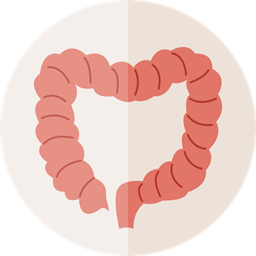Lottie asked
I have a skin rash which I have been told is a yeast infection. I have been using Clotrimazole 1%. Would taking a Fluconazole 150mg tablet help to treat also?
Answer
Yeast infections are invasive infections caused by a fungal species called Candida. They, are most commonly caused by C.albicans, but can be caused by the others species of Candida as well.
Candida yeasts are a normal part of the intestinal tract flora and are commonly found both in the mucous membranes and skin without causing infection. However, for a variety of reasons (e.g. antibiotic overuse), there can be an overgrowth of yeast that may require treatment. Overgrowth most commonly occurs in the mouth, vagina and rarely, can be systemic (also known as invasive candidiasis).
Topical yeast infection symptoms include:
- Visible sores
- Scaly skin
- Rash
- Itching
- Burning
Diflucan (fluconazole) could technically be used for yeast infections of the skin, but it isn't common. Fluconazole is more often used for:
- Invasive candidiasis
- UTI yeast infection
- Vaginal candidiasis (i.e. vulvovaginal candidiasis)
- Mucocutaneous candidiasis
In other words, fluconazole is more common when treatment is needed in areas where topical products cannot be applied (e.g. in the mouth).
Most commonly, over-the-counter anti-fungal creams (yeasts are technically fungi) should be used such as:
- Clotrimazole
- Miconazole
If those do not work, prescription topical products, like nystatin may be needed.
Be sure to see your doctor for an accurate diagnosis and appropriate treatment.



